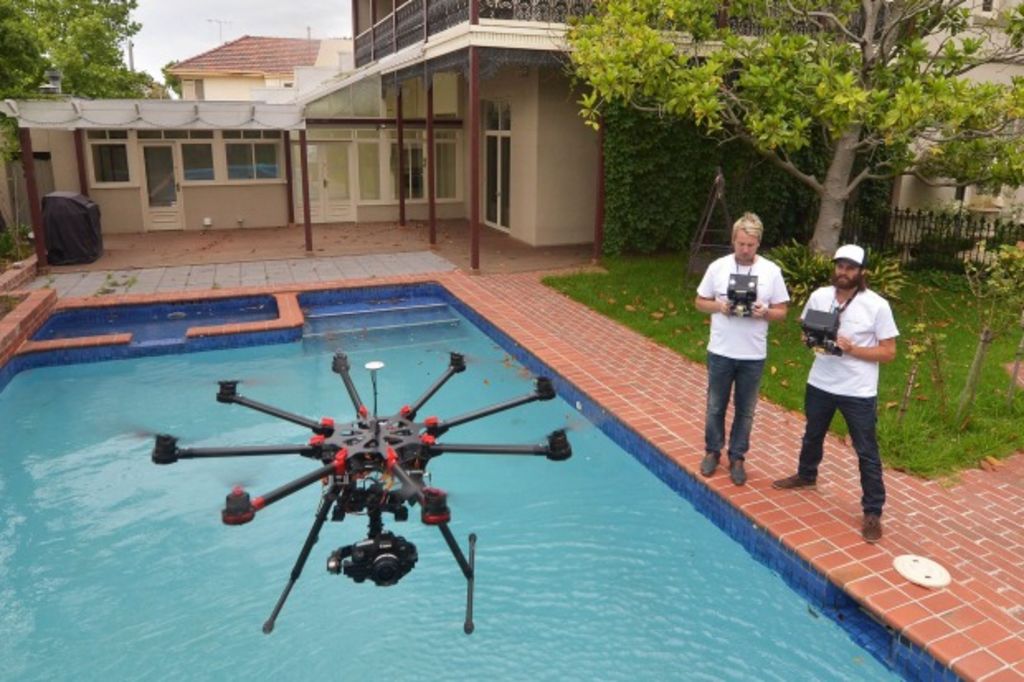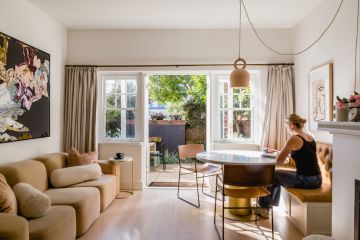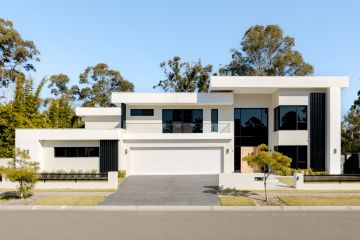Growing number of Melbourne real estate agents use drones to market properties

Aerial photography and videos can sell a lifestyle that standard pictures can’t.
Cliche descriptions of homes with “stunning views” and “a stone’s throw away” to parkland no longer suffice in a competitive market where agents are using drones to take their marketing to new heights.
Drones or “remotely piloted aircraft” can capture views that were only possible from helicopters just a few years ago, and are increasingly used to illustrate potential views from apartments not yet built.
“To get penthouse-level views…we can set the drone to tell us when it gets to exactly 90 metres and then get the shots in the directions that are required,” said Tim Shaw, owner of aerial photography business Impress Air.
Mr Shaw’s clients include developers, advertising agencies and increasingly real estate agents, who fly drones that cost about $14,000 over homes for marketing campaigns.
He said the technology had become more automated over the past 12 months, but commercial operators would need a Civil Aviation Safety Authority licence to fly one.
“They are about eight kilograms of weight in the sky so it can do serious damage to people and property,” he said.
In November, privacy concerns were reignited when a Mount Martha woman was accidentally snapped sunbaking topless in her backyard by a drone. The picture appeared on the sales board for a million-dollar property next door.
Mr Shaw said drone-operators needed to gain permission from owners for flying over private properties and seek council approval for flying over parks and public streets.
“For a lot of people privacy is a concern and where we feel we might be getting photos or footage of a neighbouring property, we’ll blur around the property so you’re only seeing the property itself,” he said.
“We are also very conscious of having visual signage around so if anyone in the public was to walk past they would know that we’re getting drone photography done, and it’s not a flying saucer or anything like that in the sky.”
Marshall White marketing director Sean Cussell said drone footage provided prospective buyers a better idea of a property before the inspection, and were 75 per cent cheaper than helicopters that cost about $1500 to hire for an hour.
He said when the agency had listed a property on the beach in Brighton, they were able to use drone footage to highlight the proximity of the home to the bay which was a major selling point.
But they also had properties in Toorak which were positioned too close together for drone photography due to privacy issues.
Biggin & Scott Elsternwick director Angelos Stefanis said the use of drones had “grown expodentially” since they first embraced it about a year ago, but stressed it wasn’t for every property.
“It allows you to present the property from various angles and aspects; very handy for large blocks of land and when you want to see how the house is sited on the land or where the property sits within a streetscape.”
“You can highlight the features of a home very quickly with a number of visual images rather than the street facade and trying to describe it all in lengthy context.”
We recommend
States
Capital Cities
Capital Cities - Rentals
Popular Areas
Allhomes
More







